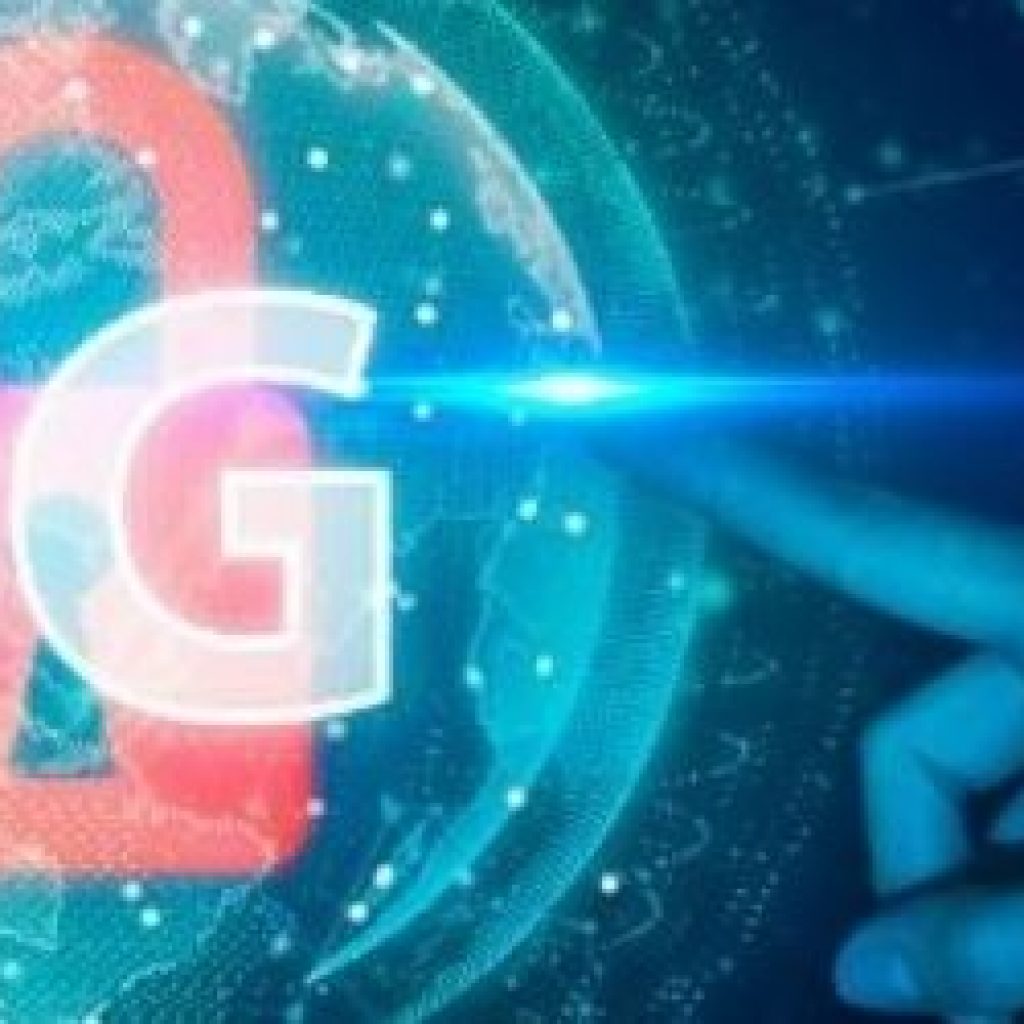(Voonze) Quantum technology offers the potential to process data millions of times faster and is going to have a lot of applications in the future. IQT-News summarizes a recent article explaining how. BT Group and UK leaders in fixed and mobile telecommunications, are now testing its implementation in a hypersensitive quantum radio antenna receiver to power 5G and IoT networks last generation.
This quantum antenna uses what are known as excited atoms to produce higher sensitivity than conventional radio antennas.
Atomic radio frequency (RF) receiver technology uses so-called “excited atoms» to produce greater sensitivity than traditional radio equipment, making it capable of finding much weaker signals. In theory, it could increase the sensitivity more than 100 times.
When the atom receives energy (electrical energy, optical energy, or any other form of energy), this energy is transferred to the electron, and it is excited to a higher energy level (in our model, further from the nucleus). The atom is then considered to be in an excited state. These excited atomic states could increase the capacity of next-generation 5G and IoT networks.
The receiver has a revolutionary new way to detect radio waves that could find much weaker signals than conventional receivers. The receiver works by using a quantum effect called “electromagnetically induced transparency” to form a highly sensitive electric field detector.
Through tests being carried out by BT, it is the first time that a digitally encrypted message has been received on a 3.6 GHz (5G) carrier frequency. Previously, simple audio was received using much higher frequencies, but this test is the first industry demonstration using digital modulation within one of the main commercial 5G frequency ranges. The BT test has been carried out at BT Labs in Martlesham.
being more than 100 times more sensitive than traditional receivers, the Atomic RF Receiver can be placed on a passive optical receiver in hard-to-reach places, could bring mobile networks closer to 100% coverage and help bridge the connectivity gap.
Sandra K. Helsel, Ph.D. has been researching and reporting on frontier technologies since 1990. She has her Ph.D. from the University of Arizona.
